In Part 1 of this 3 article series, we began with an overview of B2B SaaS pricing core option models like Per-User and Freemium. But the pricing puzzle has more pieces! Part 2 delves into additional models, so you can choose the winning pricing strategy for your B2B SaaS business.
Finding the Right Fit: Exploring Additional Models
Before diving into specific models, let’s address the concept of consumption models. These models define how a customer “consumes” the value offered by your B2B SaaS product. This could be based on actions taken within the platform (e.g., sending emails, generating reports), resources used (e.g., storage space, API calls), or features accessed. Understanding your B2B SaaS product’s consumption model is crucial for choosing the most effective pricing strategy.
- Usage-Based Pricing:
Imagine a pay-as-you-go model perfectly aligned with consumption models where customers are charged based on specific actions or resource consumption within your platform. This aligns perfectly with customers who have variable usage patterns and avoids overpaying for unused features. However, setting up clear usage metrics and potential complexity for some buyers can be drawbacks. Ideal for: High-Volume Users, Businesses with Fluctuating Usage Patterns. Can be combined with: Per-User Pricing (combine with a base user fee for a more predictable revenue stream).
- Tiered Pricing:
Think of a layer cake – tiered pricing offers multiple pricing plans with increasing features at higher price points. This caters to diverse customer needs and maximizes revenue potential. However, ensuring clear differentiation between tiers is crucial to avoid buyer confusion. Ideal for: Businesses with Scalable Feature Sets, Growing Customer Segments. Can be combined with: Per-User Pricing (charge per user within each tier) or Feature-Based Pricing (allow adding features within a tier for an extra cost).
- Per-Active-User Pricing:
A variation of Per-User pricing, this model charges only for users who actively engage with the platform. This ensures fairer billing for customers who don’t pay for inactive users. Defining “active user” metrics and potential administrative complexity are considerations. Ideal for: Businesses with Fluctuating User Engagement Levels. Can be combined with: Per-User Pricing (transition inactive users to a lower pricing tier).
- Per-Feature Pricing:
Imagine a customizable pricing experience. Per-feature pricing allows customers to choose and pay extra for specific features on top of a base price. This offers high customization and captures value from high-usage features. However, it can become complex for buyers with many features and requires a clear value proposition for each feature. Ideal for: Businesses with Granular Feature Sets, Customers with Specific Feature Needs. Can be combined with: Tiered Pricing (offer feature sets within tiers with additional features available for a separate cost).
In Part 3, we’ll walk you through a process for selecting your model and provide some key discussion points with your team. Stay tuned and feel free to reach out to me with any questions you have.









